Fuller Brush Man
Not just objects have become obsolete. America underwent a cultural shift that confiscated purpose, consecrated precepts, and conscripted people. Who's left?
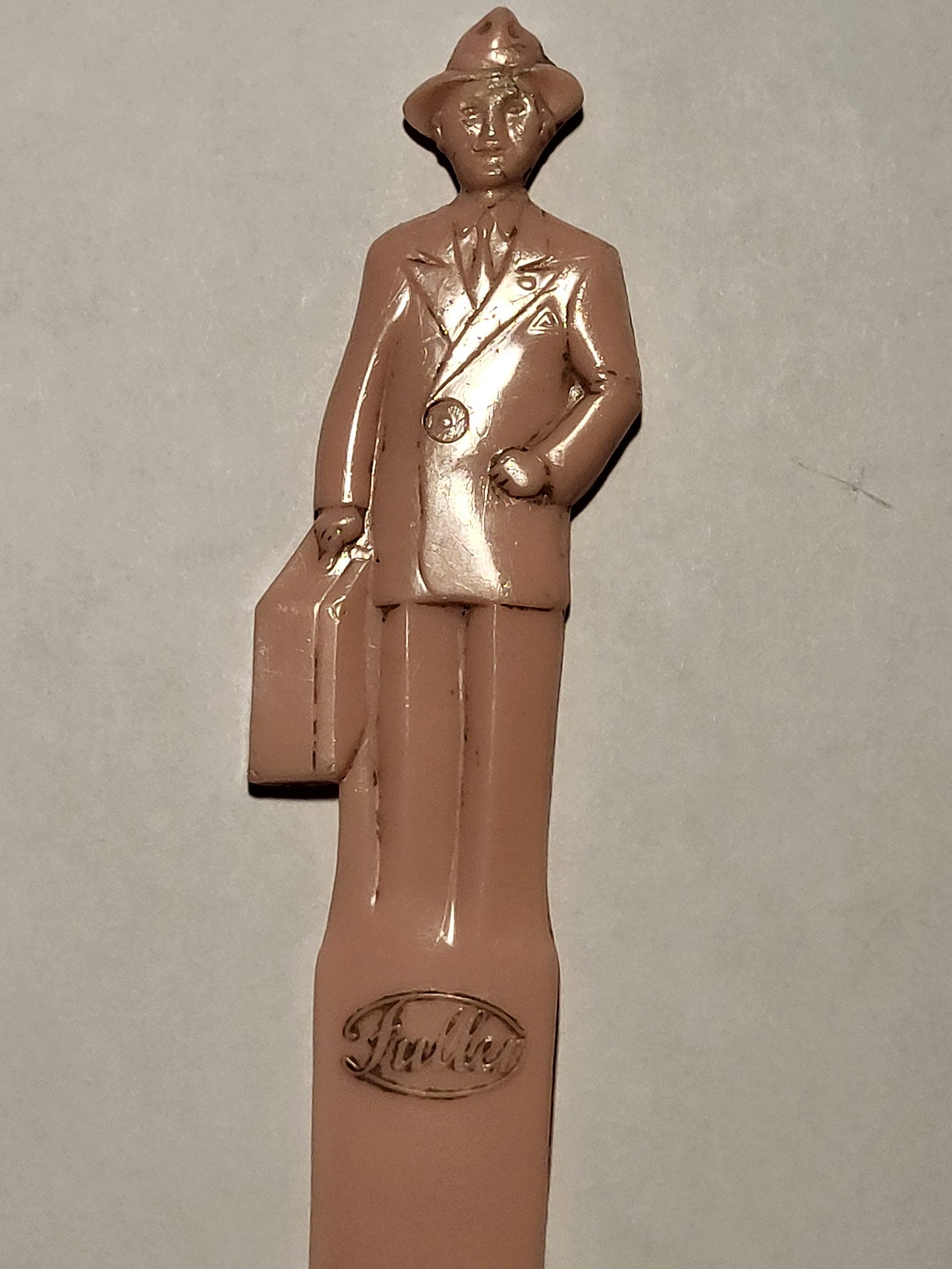
The Rise and Decline of the Shoehorn: From Nobility to Utility and Beyond
For centuries, the shoehorn was more than just a functional tool—it was a marker of status, refinement, and even nobility. In an era when fashion and hierarchy dictated every aspect of daily life, the ability to slip effortlessly into one’s shoes without struggle was a small yet significant privilege. But as society moved away from rigid class structures and into a world where convenience often trumps craftsmanship, the shoehorn transitioned from a symbol of aristocracy to a utilitarian necessity—and now, an increasingly obsolete relic in the age of slip-on shoes.
A Noble Beginning: Shoehorns and Status
The origins of the shoehorn stretch back to the 15th century, when structured leather shoes required careful handling to preserve their shape. Early shoehorns were handcrafted from bone, horn, wood, and later, precious metals, ensuring that well-heeled individuals (quite literally) could don their footwear without damaging the stiff heel counter or collapsing the structure.
In Renaissance Europe, where the aristocracy flaunted their wealth through elaborate wardrobes, the shoehorn became an essential accessory. Tailors and shoemakers crafted bespoke pieces for noble households, often embellished with engravings or family crests. Much like a finely carved cane or an embroidered handkerchief, a shoehorn was not just a tool—it was a statement.
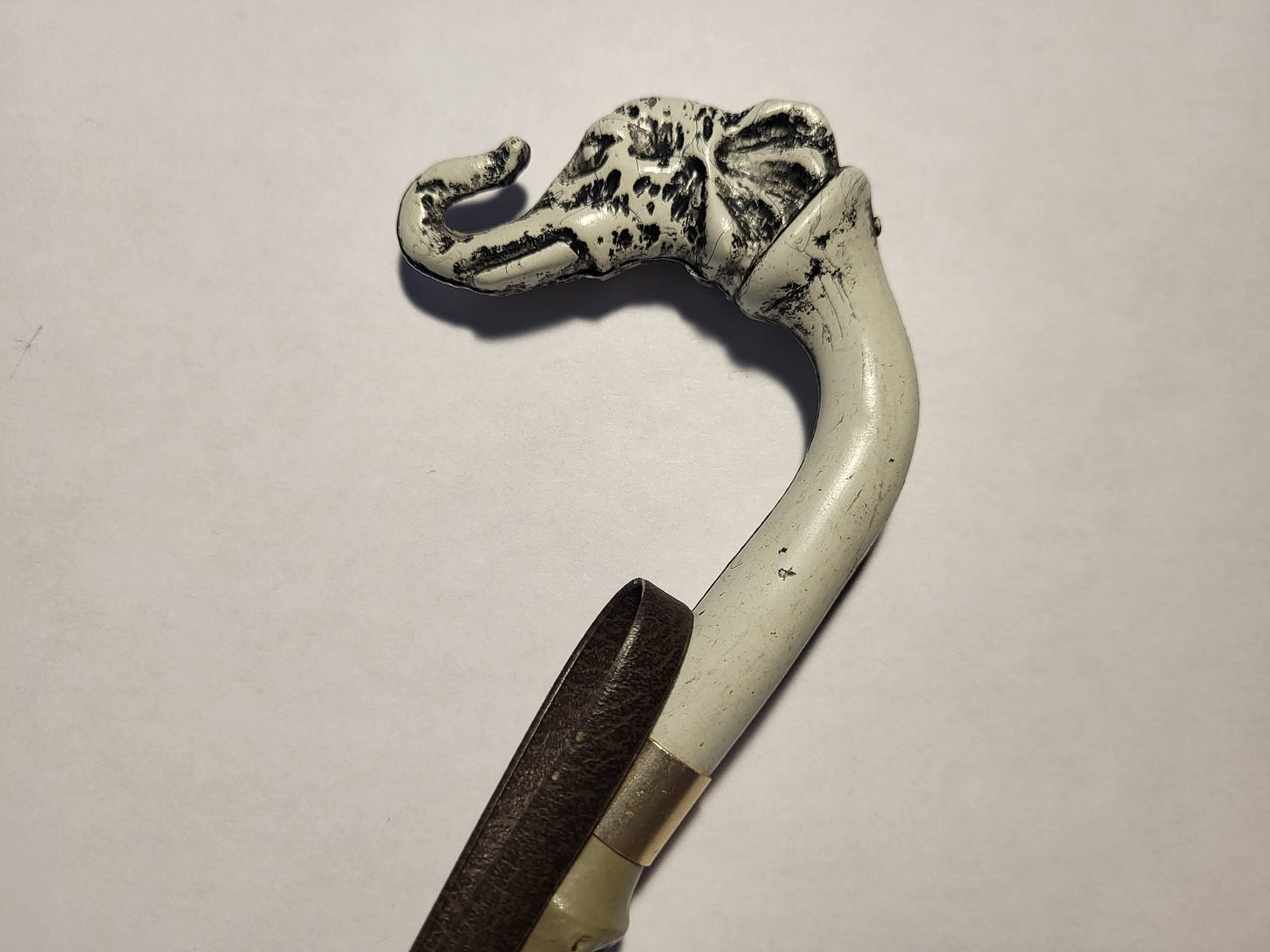
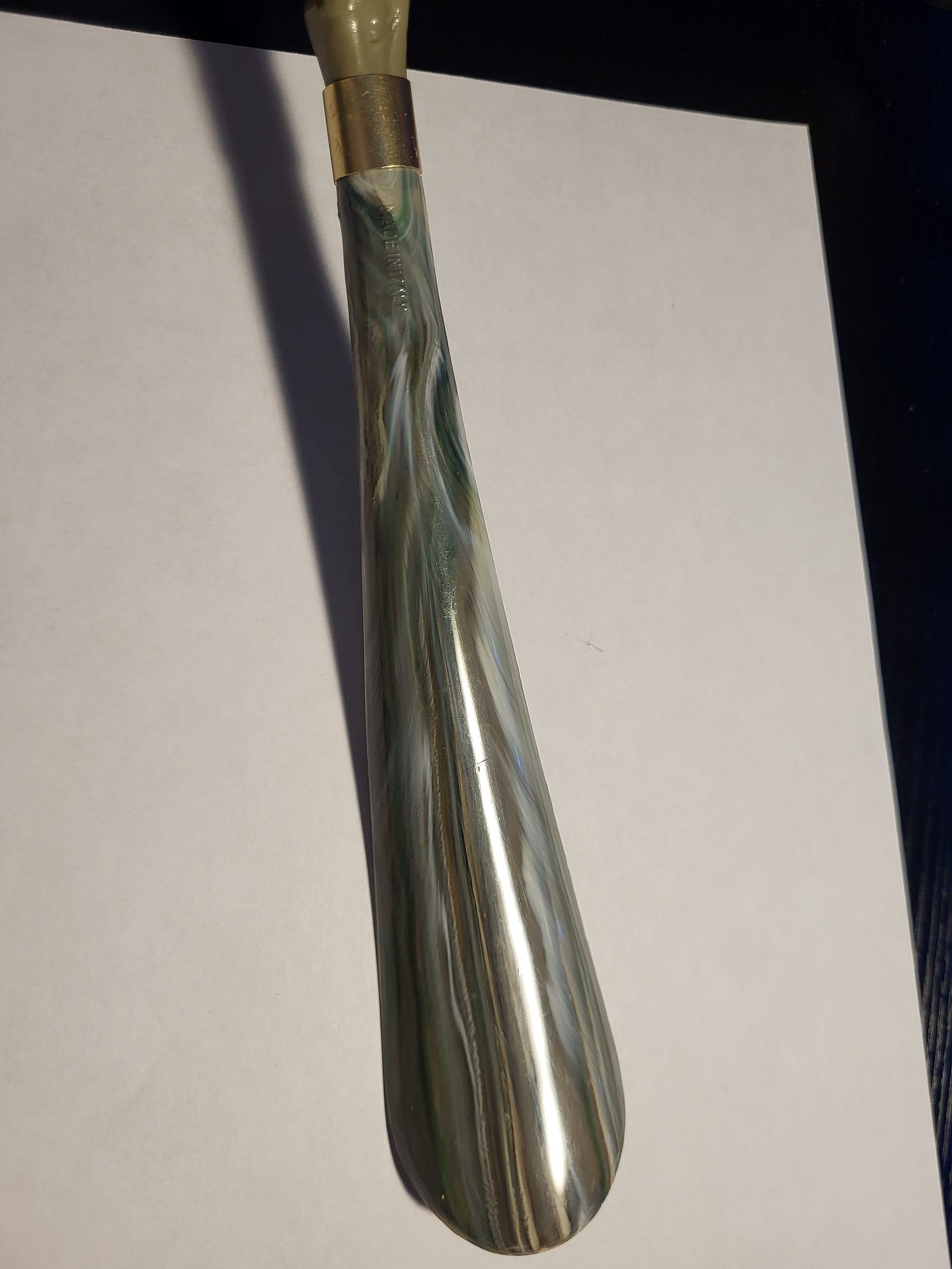
The Shoehorn and Societal Hierarchy
Shoes themselves were a defining marker of status. While peasants and laborers wore simple, often self-made footwear that required no assistance to put on, the upper classes donned delicate, tight-fitting shoes made from expensive materials. Without a shoehorn, slipping into such footwear could be cumbersome, even damaging. As such, the shoehorn reinforced a lifestyle of leisure—those who used them were typically people who had the luxury of sitting to be dressed by servants.
This distinction extended well into the Victorian era, when etiquette and appearance held supreme importance. High-ranking individuals, from the British gentry to European royalty, possessed shoehorns made of ivory, silver, or tortoiseshell, reflecting both their wealth and their commitment to meticulous presentation. The tool was often part of an elaborate dressing ritual, alongside shoe trees, boot hooks, and finely crafted brushes.
Democratization of Footwear and the Shoehorn’s Shift to Utility
The Industrial Revolution of the 19th century drastically altered the landscape of fashion and class. As mass production made stylish footwear more accessible to the middle and working classes, shoehorns followed suit. No longer the reserve of nobility, they became practical household objects, available in plain metal or plastic rather than precious materials.
By the early 20th century, even the most common households had at least one shoehorn—often tucked away by the entryway, ready to assist in slipping on a pair of sturdy leather shoes. Department stores and shoe retailers gave them away as promotional items, reinforcing their ubiquity. They became symbols of everyday life, bridging the gap between the past’s indulgent excess and the working-class need for durability and efficiency.

The Fuller Brush Man and the Shoehorn’s Widespread Adoption
One of the most interesting players in the shoehorn’s transition from aristocratic accessory to household staple was the Fuller Brush Man. Much like the old snake oil salesman of the 19th century, these door-to-door salesmen traveled through neighborhoods offering a variety of home essentials, including shoe horns.
During the mid-20th century, when salesmen carried their wares in hand to demonstrate their usefulness, the shoehorn was often part of their repertoire. While brushes, brooms, and cleaning products were their mainstay, these salesmen understood that small, practical tools like shoehorns could be pitched as indispensable additions to the daily routine. Their sales approach—personal, persuasive, and rooted in the idea of making life easier—helped introduce shoehorns into even the most unassuming homes.
Much like the way shoehorns had once signified refinement and exclusivity, the Fuller Brush Man’s pitch made them a fixture in middle-class households. They were no longer objects of luxury but of everyday necessity, packaged alongside other household tools that streamlined domestic life.
Modern Convenience and the Shoehorn’s Decline
The decline of the shoehorn coincided with the rise of increasingly casual and flexible footwear. As sneakers, loafers, and stretchable materials became the norm, the need for a rigid tool to ease one’s foot into a stiff shoe diminished. Athleisure, which exploded in the late 20th and early 21st centuries, further cemented the dominance of shoes that required no assistance to wear.
Additionally, the cultural shift toward speed and convenience played a role. In today’s world, where fast fashion reigns and on-the-go lifestyles prioritize ease over formality, the small ritual of using a shoehorn feels almost anachronistic. Whereas past generations took pride in carefully maintaining their leather shoes with polish, shoe trees, and a trusty shoehorn, today’s consumers are more likely to replace worn-out sneakers than preserve them.
What the Shoehorn’s Fate Says About Modern Culture
The near-extinction of the shoehorn can be seen as a reflection of broader cultural shifts. We live in an era that values immediacy and function over formality and longevity. Whereas past societies built objects—and traditions—to last, modern consumerism favors disposable convenience.
In a way, the demise of the shoehorn mirrors the decline of other once-essential objects, like the handkerchief, the fountain pen, and even the wristwatch. Each of these items, once signifiers of status and refinement, have been replaced by newer, faster, and often less personal alternatives. The digital clock supplanted the mechanical watch, tissues replaced the monogrammed handkerchief, and slip-on shoes made the shoehorn nearly obsolete.
But does this represent progress or loss? In an age where sustainability is once again gaining traction, some argue that a return to well-made, long-lasting footwear—complete with tools to maintain them—might be due for a revival. The resurgence of high-quality, handcrafted leather shoes, often accompanied by accessories like cedar shoe trees and brass shoehorns, suggests that there is still a niche for those who appreciate tradition and craftsmanship.
The Shoehorn’s Future: Nostalgia or Necessity?
While the average consumer may no longer see a need for a shoehorn, certain industries and demographics still rely on them. High-end shoemakers continue to produce elegant, long-handled shoehorns for customers investing in premium footwear. Elderly individuals and those with mobility challenges find them indispensable for putting on shoes without bending excessively. Even in hotel rooms and high-end retail stores, a well-placed shoehorn suggests a subtle touch of class.
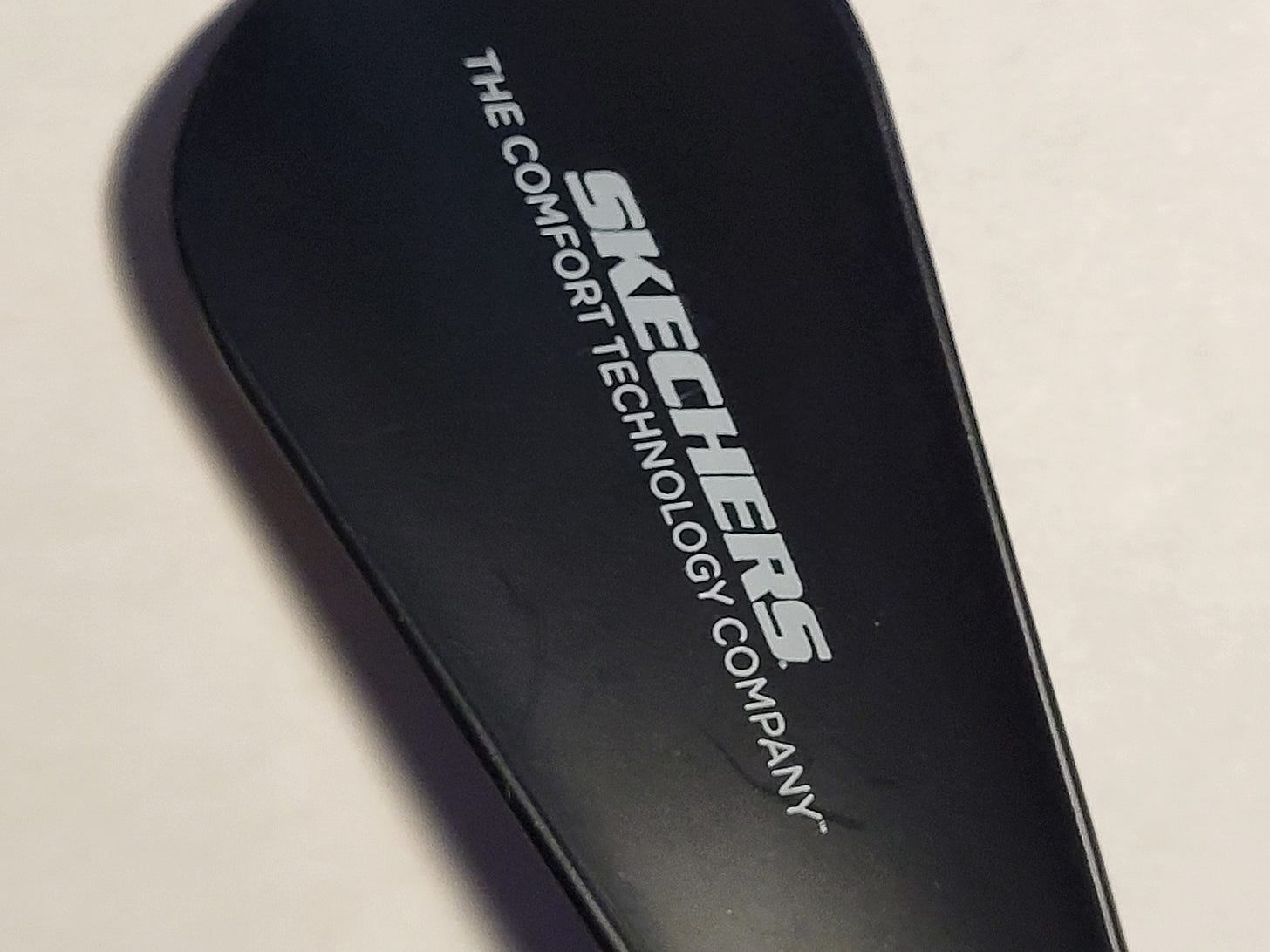
It is unlikely that the shoehorn will disappear entirely. Like the pocket watch or the leather-bound journal, it may simply evolve into a niche item cherished by enthusiasts rather than a universal tool. Perhaps, as we increasingly seek to reclaim rituals lost to convenience, the shoehorn will make its quiet return—not as a necessity, but as a nod to a time when small details mattered.
Conclusion
The journey of the shoehorn, from an aristocratic symbol to a common household tool and finally to an endangered relic, is a testament to the changing priorities of society. Its history encapsulates shifts in class, culture, and consumer habits, offering a window into how we value convenience over craftsmanship. While it may never regain its former prominence, its story serves as a fascinating reminder that even the most mundane objects can hold deep historical significance.
What other journeys have we been on together? How else can we find humanity in utility? What functional objects in your life harken back? Let us know.
You understand my heart, now you know my sole!
Ric




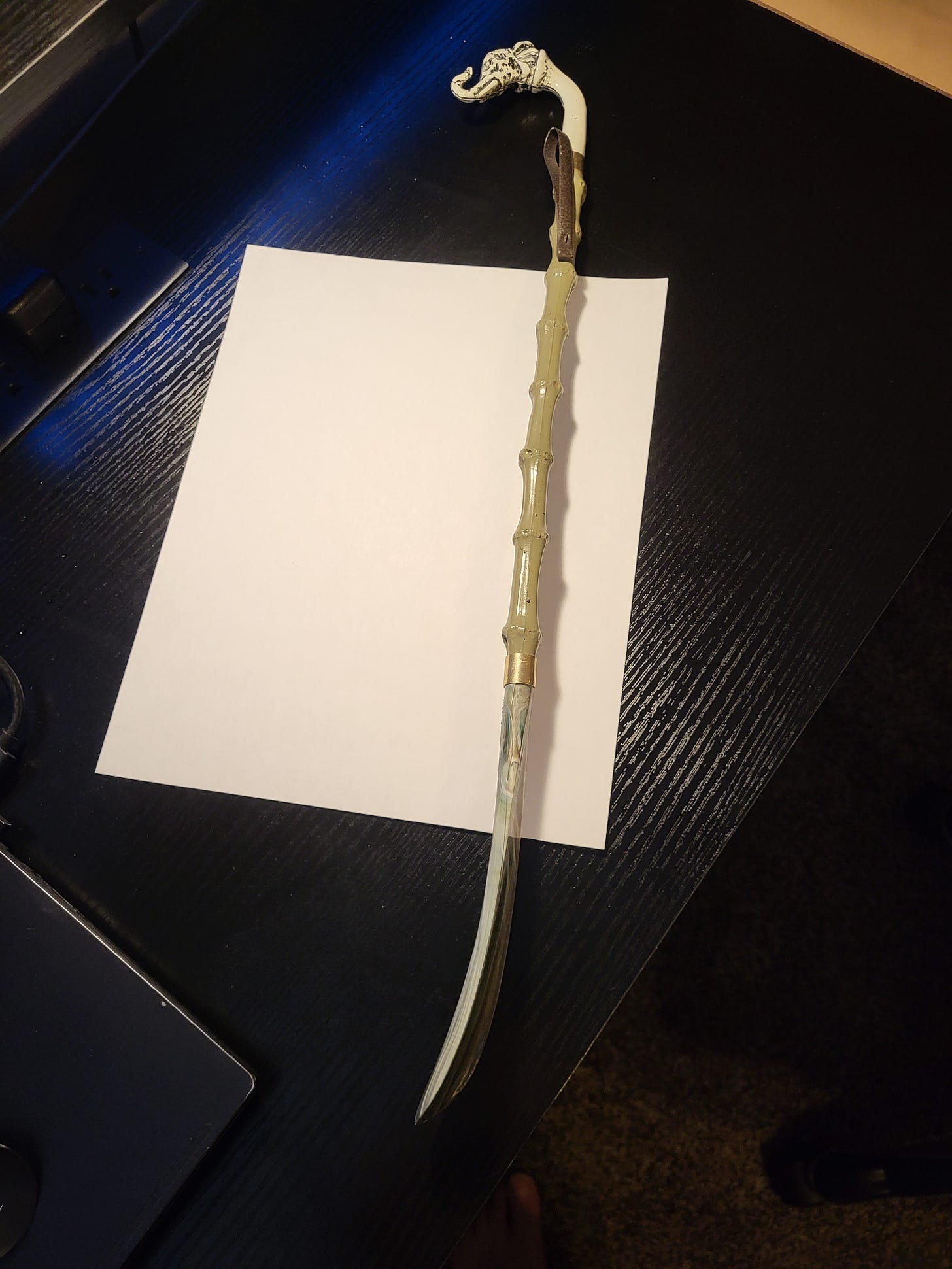
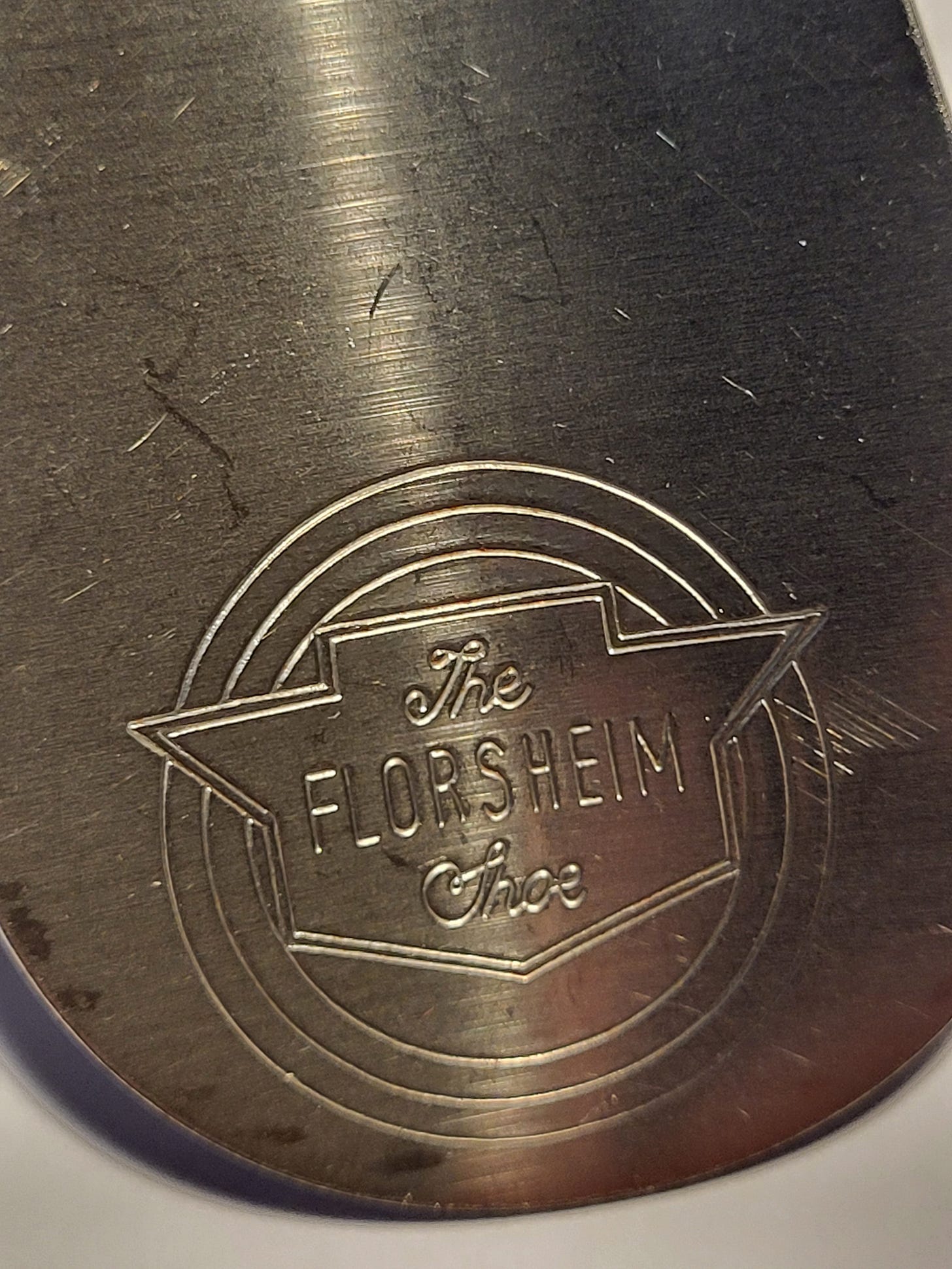

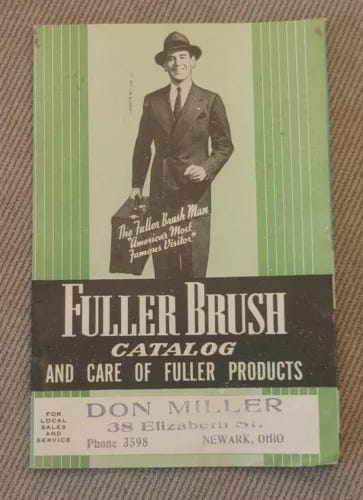

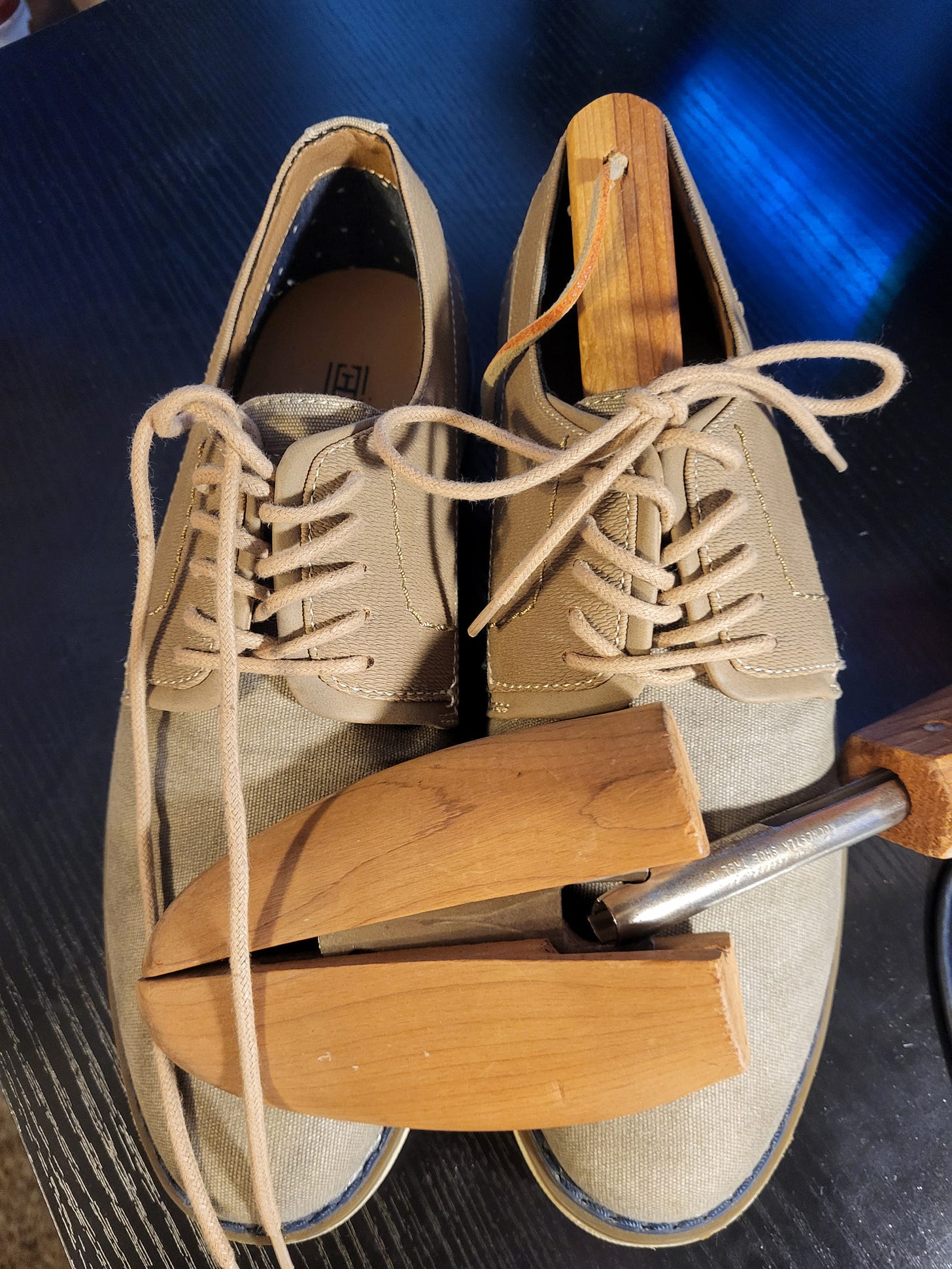
your playlist overlooked this
https://www.youtube.com/watch?v=LkibcHyfsxg